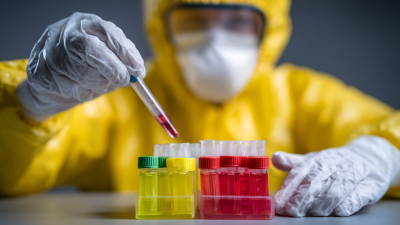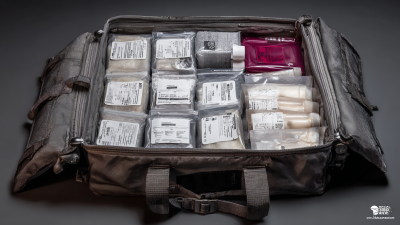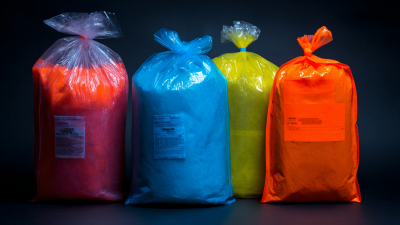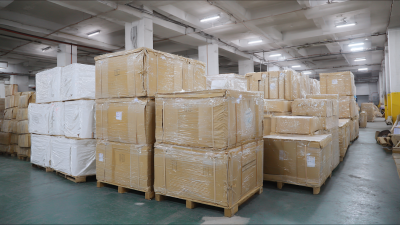 +86 178 5514 5298
+86 178 5514 5298
Leave Your Message
-
 CONTACT NUMBER
CONTACT NUMBER -
 CONTACT NUMBER
CONTACT NUMBER -
 CONTACT NUMBER
CONTACT NUMBER



When transporting biohazardous materials, ensuring safety and compliance with regulations is paramount for lab professionals. According to the Centers for Disease Control and Prevention (CDC), improper transportation of infectious specimens can lead to significant public health risks, underscoring the necessity of using reliable biohazard specimen transport bags. The World Health Organization (WHO) estimates that about 90% of infectious disease outbreaks stem from inadequate specimen handling and movement. These stats highlight the crucial role of biohazard specimen transport bags, which are designed not only to contain potentially harmful pathogens but also to safeguard individuals throughout the transportation process. By adhering to established best practices and utilizing high-quality transport bags, laboratories can mitigate risks associated with specimen transportation, thereby protecting both public health and laboratory personnel. This comprehensive guide aims to provide lab professionals with essential insights into the effective use of biohazard specimen transport bags, ensuring safety at every stage of specimen handling.
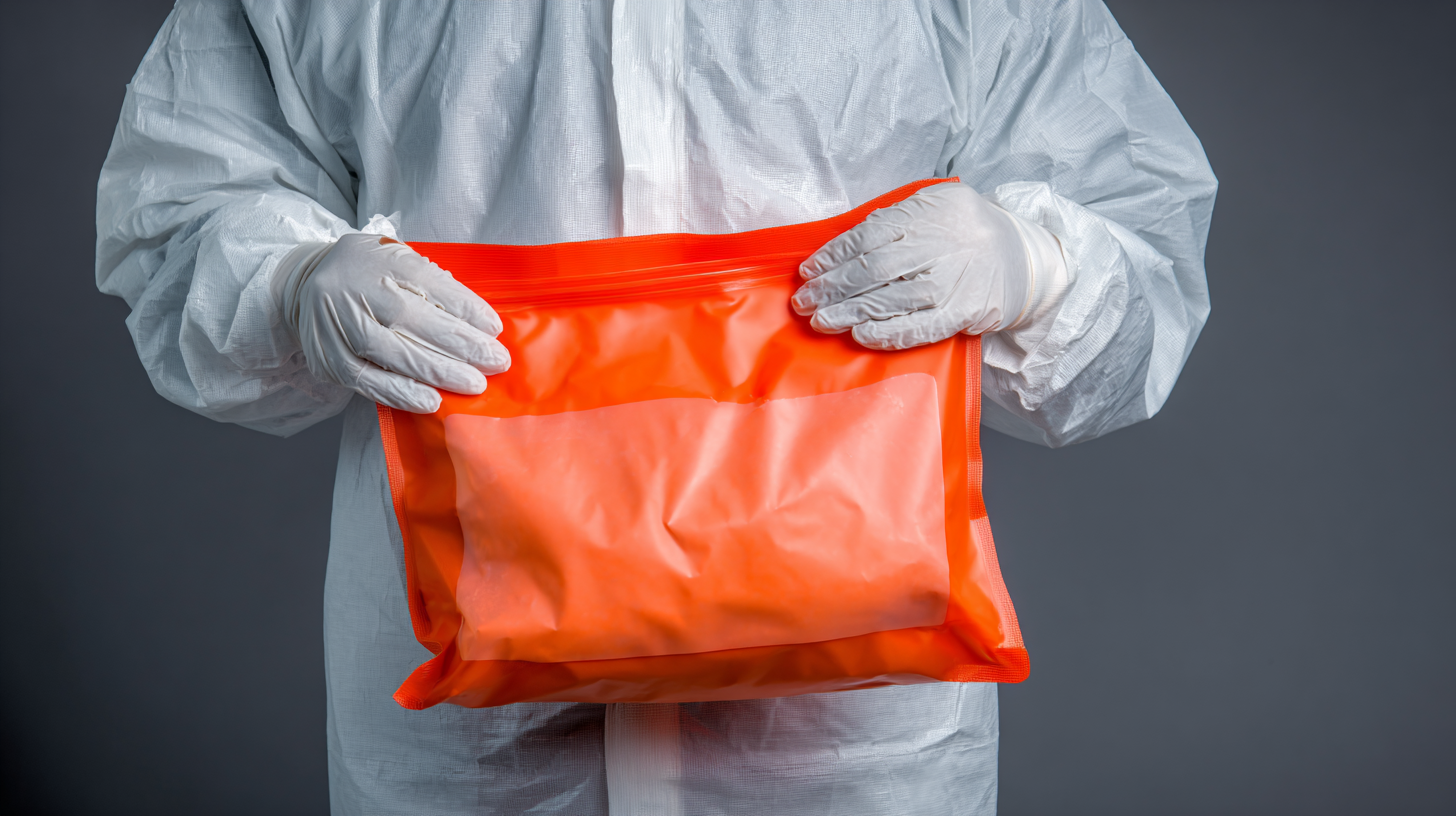
In laboratory settings, biohazard specimen transport bags play a crucial role in maintaining safety and ensuring the integrity of biological samples. These specialized bags are designed to contain potentially infectious materials, preventing cross-contamination and protecting lab personnel as well as the environment. Understanding their importance lies in recognizing the risks associated with transporting specimens that may contain pathogens or harmful substances.
The use of biohazard specimen transport bags not only conforms to regulatory standards but also facilitates effective specimen handling. Properly labeled and constructed bags allow for easy identification and segregation of hazardous materials, ensuring that samples reach their destination without exposure to external elements. Furthermore, these bags often feature leak-proof and puncture-resistant designs, which are essential for safeguarding both the samples and the individuals involved in their transportation, thereby enhancing overall laboratory safety protocols.
| Attribute | Description | Importance |
|---|---|---|
| Material | Durable, puncture-resistant materials | Prevents leaks and protects samples |
| Sealing Mechanism | Secure zippers or adhesive seals | Ensures specimens remain contained |
| Labeling | Pre-printed biohazard symbols and data fields | Facilitates easy identification and safety compliance |
| Size Variations | Available in multiple sizes for different specimens | Accommodates various sample types |
| Color-Coding | Different colors for various categories of biological materials | Enhances organization and reduces cross-contamination |
When selecting biohazard specimen transport bags, key features play a critical role in ensuring the safe handling and transport of potentially infectious materials. The choice of material is paramount; high-quality, puncture-resistant plastics, such as polyethylene or polypropylene, are recommended to prevent leaks and maintain specimen integrity. These materials also provide a sturdy barrier against environmental contaminants while being lightweight for easy transport.
In addition to material, the design specifications of biohazard transport bags significantly impact their effectiveness. Double-bagging systems that include an outer layer marked with biohazard symbols enhance visibility and compliance with safety regulations. Furthermore, adhesive seals and zip closures are essential to secure contents, preventing accidental spillage during transport. Incorporating features like clearly labeled compartments for documents reduces the risk of cross-contamination and helps streamline the process for laboratory professionals. Overall, choosing bags that combine durable materials with thoughtful design ensures both safety and functionality in laboratory specimen transport.
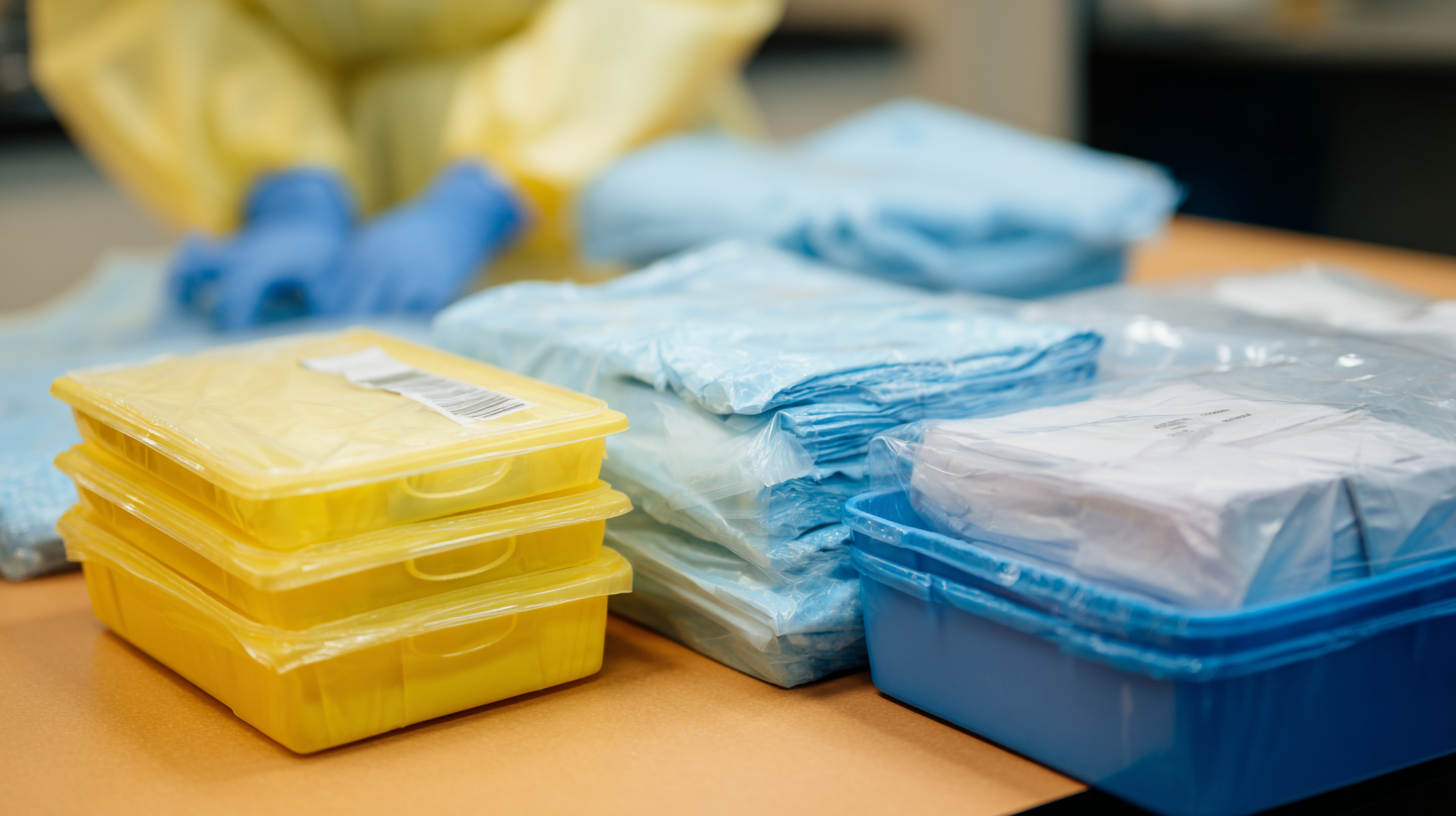 Transporting biohazard specimens safely is critical for lab professionals to prevent contamination and ensure compliance with stringent regulations. The Centers for Disease Control and Prevention (CDC) and the World Health Organization (WHO) emphasize the importance of using appropriate biohazard specimen transport bags. According to the CDC, over 50% of laboratory-acquired infections can be attributed to improper handling of biohazardous materials. Thus, following best practices becomes not just a guideline, but a necessity in maintaining laboratory safety standards.
Transporting biohazard specimens safely is critical for lab professionals to prevent contamination and ensure compliance with stringent regulations. The Centers for Disease Control and Prevention (CDC) and the World Health Organization (WHO) emphasize the importance of using appropriate biohazard specimen transport bags. According to the CDC, over 50% of laboratory-acquired infections can be attributed to improper handling of biohazardous materials. Thus, following best practices becomes not just a guideline, but a necessity in maintaining laboratory safety standards.
Tips: Always ensure that your biohazard transport bags are clearly labeled and compliant with the relevant regulations. Double-bagging specimens can provide an extra layer of security against leaks and spills.
Moreover, the use of leak-proof and puncture-resistant materials is essential. A report by the National Institute of Health highlighted that 30% of specimen transport incidents could be avoided with improved packaging solutions. Ensuring that carriers are well-trained in the correct procedures for sealing, labeling, and transporting biohazard specimens can significantly reduce the rate of incidents.
Tips: When shipping biohazard samples, always check the latest regulations and guidelines from regulatory bodies to stay updated on compliance requirements.
By adhering to these best practices and utilizing proper biohazard specimen transport bags, lab professionals can enhance safety measures and uphold the integrity of the samples they handle.
When transporting biohazard specimens, adhering to regulatory standards set forth by organizations such as OSHA (Occupational Safety and Health Administration) and the CDC (Centers for Disease Control and Prevention) is crucial for ensuring safety and compliance. According to OSHA's Bloodborne Pathogens Standard, any material that is contaminated with blood or other potentially infectious materials must be placed in tightly sealed, leak-proof containers. This prevents any risk of exposure to healthcare workers and the public, underscoring the importance of proper containment during transportation.
The CDC further emphasizes the necessity of using biohazard specimen transport bags that are clearly labeled. A study published in the Journal of Clinical Microbiology indicates that approximately 13% of specimens collected in outpatient settings did not follow appropriate labeling protocols, potentially increasing the risk of exposure during transit. Compliance with CDC guidelines not only protects laboratory personnel but also minimizes the risk of environmental contamination. Therefore, it is essential for lab professionals to be thoroughly familiar with these regulatory guidelines to ensure safe handling, transport, and disposal of biohazardous materials.
Transporting biohazard specimens safely is paramount for lab professionals to prevent the risk of contamination and ensure the integrity of the samples. To maximize safety during transport, it's essential to choose appropriate biohazard specimen transport bags that comply with regulatory standards. These bags should be made of sturdy materials resistant to punctures and leaks, and they must be clearly labeled with biohazard symbols to alert handlers of the contents.

In addition to selecting the right bags, lab professionals should implement strict protocols for packing and transporting specimens. Always double-bag specimens to provide an extra layer of protection. Use absorbent materials inside the bags to contain any potential spills. It's also important to maintain proper refrigeration or freezing conditions if required, as temperature can significantly affect the viability of certain specimens. Training staff on proper handling procedures and emphasizing the importance of safety can further reduce risks during transport.
